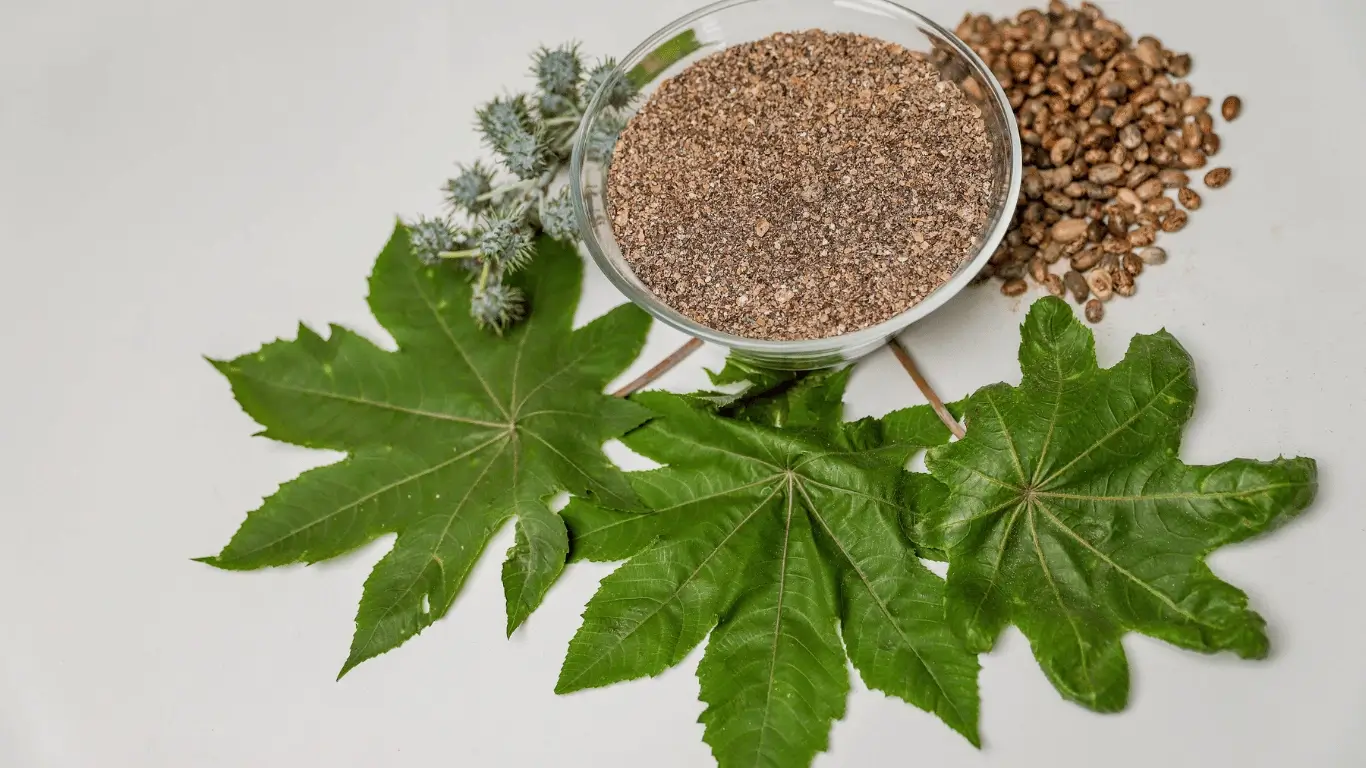De-Oiled-Cake (DOC) - Castor Meal
De-oil-cake, also known as castor meal, is a byproduct obtained from the castor oil extraction process. After castor seeds are pressed to extract oil, the remaining residue is processed into a solid cake known as de-oil cake or castor meal.

Extraction Process
- Castor seeds are cleaned and roasted.
- Oil is extracted using mechanical pressing or solvent extraction.
- The remaining seed residue is processed into de-oil-cake.
Nutrients in De-Oil-Cake (Castor Meal)
Castor meal is rich in nutrients that make it a valuable agricultural input:
- Protein: Castor meal contains a significant amount of protein, making it a potential protein source for livestock feed.
- Nitrogen: It serves as an organic source of nitrogen, essential for plant growth and development.
- Phosphorus and Potassium: Castor meal contains phosphorus and potassium, important macronutrients for soil fertility and plant health.
- Organic Matter: The organic matter in castor meal contributes to soil structure and enhances water-holding capacity.
Applications of De-Oil-Cake (Castor Meal)
De-oil-cake (castor meal) finds various applications in agriculture and beyond:
- Organic Fertilizer: Castor meal acts as an organic fertilizer, enriching the soil with nutrients and improving its overall fertility.
- Livestock Feed: After detoxification to remove ricin (a toxic compound), castor meal can be used as a protein-rich livestock feed supplement for animals like cattle and poultry.
- Soil Conditioner: Its organic matter enhances soil structure, aeration, and microbial activity, promoting better root growth and nutrient uptake.
Pest and Disease - Management: Castor meal has shown potential as a biopesticide and soil amendment for controlling certain pests and diseases.
- Crop Residue Utilization: By recycling castor seed residue, the production process becomes more sustainable, reducing waste.